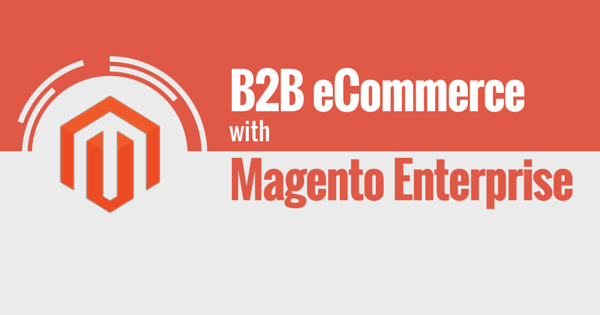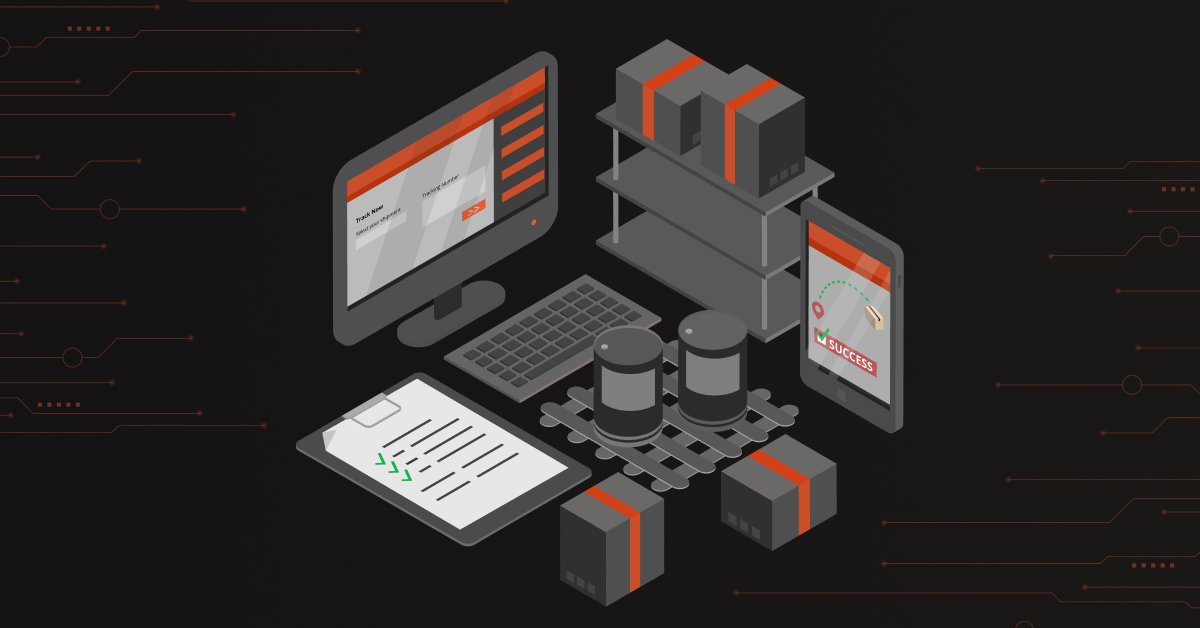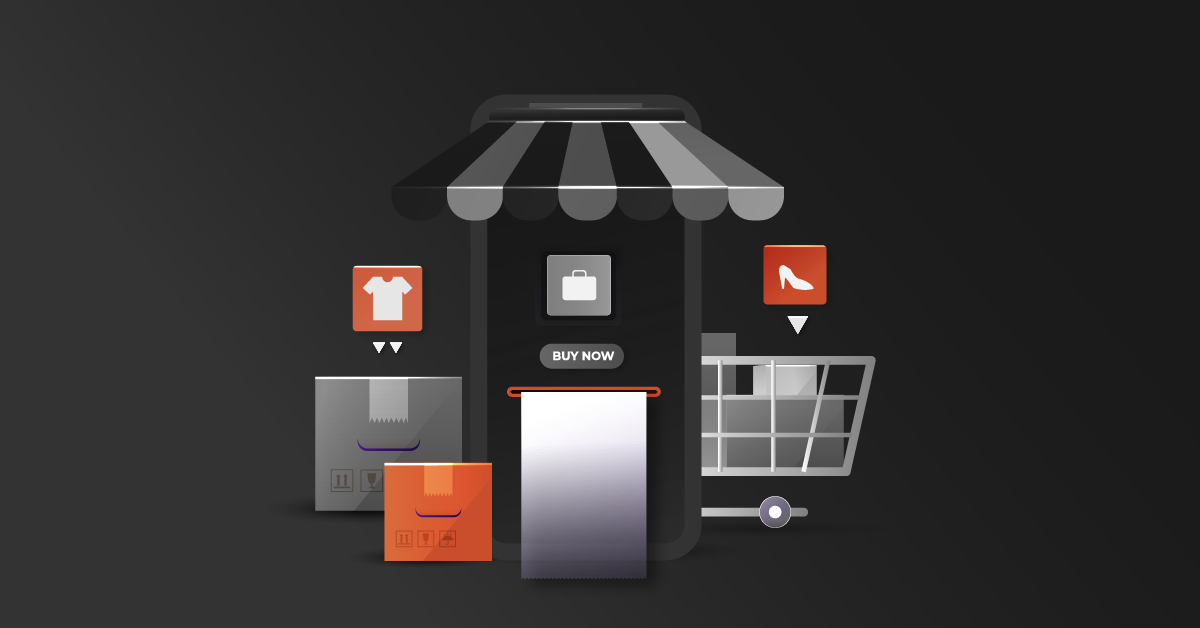Looking to set-up an Magento store for your B2B business? Check out some of our Magentos services we implemented for our clients.
This blog post is a part of B2B Magento series that we have been concentrating for the past few weeks.
In today’s scenario, if we analyze Magento in accordance to Geoffrey Moore’s “Crossing the Chasm”, Magento is well past the Chasm and has established itself by becoming the most preferred Ecommerce platform in the B2C segment.

According to Internet Retailer’s Top 500 guide, in 2014 Magento has joined Oracle and IBM as the top three providers for the top 500 internet retailers in the US and Canada. Magento has 34 merchants on the latest edition of the IR Top 500 list, doubling the number of merchants from the 2013 list.
Magento community and Magento Enterprise have been endorsed by leading B2C merchants. Magento’s customers will testify to its value within their domain and provide an introduction to B2B markets – the next bowling pin in the bowling alley. If it succeeds in providing a complete product for B2B, Magento is sure to be a market leader.
The previous article highlighted some of the basic tenets of B2B and how important it was to navigate the rapidly changing landscape of B2B.
This article will focus on opportunities and challenges for Magento in the B2B segment. The idea is to benefit from the opportunities and address the challenges.
Contents
U.S. B2B Ecommerce is Big and Getting Bigger
Consider these facts:
- B2B online sales are expected to reach $6.7 trillion by 2020 accounting for 27% of the total whole and trade by 2020.
- 48% of B2B customers will place 50% or more of their orders online within three years.
- 7.3% is the average conversion rate on B2B Ecommerce sites, compared with 3% for retail sites.
- 67% of B2B Ecommerce professionals expect to increase their technology budgets in 2015, while only 2% expect smaller budgets.
- In 2015, 8% of online revenue is expected to be spent on Technology by B2B Ecommerce professionals
B2B opportunities and challenges for Magento
In B2B, Ecommerce users who visit the site have a business objective instead of purchasing needs like B2C. Another difference in B2B is that there are different users (buyers) with different roles within the same business organization – one user finds the right product to fit the application, a different user is responsible for purchasing and approving the purchase.
B2B organizations have distributed central contracts, multiple departments, business units, locations, and users. They want their jobs simplified, order process seamless and in sync with their internal purchase process.
Is Magento ready for the B2B market?
The challenge for Magento is also its opportunity. Magento already has a winning platform (Magento Community and Magento Enterprise) for B2C. It also has a suite of eBay enterprise products that provides retail and omnichannel solutions (http://www.ebayenterprise.com/commerce_technologies/).
Now it has to move to the next level Enterprise B2B clients. These clients are tech savvy, invest a lot in technology and at the same time have high expectations in terms of Performance, ROI, features/functionalities that cater to their business and customer service.
Key features/functionalities needed to run a successful B2B website
Multiple user login for a company – Managing account information centrally within a business system is a critical B2B requirement. For e.g. A Company may have one master account and several authorized employees who can buy using that master account. In B2C, the products are ordered by consumers whereas in B2B, the order is placed by the contact person in various offices of the client.
For e.g. When a user is created in Magento, it is mandatory to provide an address. This raises an issue of address redundancy when multiple user logins are created for different employees of a company. Currently this issue is resolved through a backend coding process.
Customer Based Catalog – Special customers can have their own catalogs access a sub-set of products. In fact, many B2B companies prefer their employees to view only the relevant items which they buy frequently.
Customer Based Pricing – In B2B, each customer may have different and complex pricing per product. The site needs to provide custom pricing to customers, including negotiated prices, volume discounts and flexible payment terms. While majority of the items are ordered in bulk, few customized products should have a made to order option as well.
Prices can be varied based on
- Customer Type
- Order Size
- Order Frequency
It is important to integrate pricing rules within the business system.
Offline negotiations often take place between the manufacturer/seller (Business Organization) and the buyer (Business Partner) on pricing, delivery, etc. So at times it is necessary to hide the product price in certain categories.
Customer based Promotions – Customer specific promotions/offers and the ability to create custom landing pages for specific products. This functionality enables the client to make faster purchase decisions. Customized banners and promotions based on order history can be implemented.
Order Approval – 70% of B2B purchase decisions include at least 2 decision makers, 28% include more than 5. So it is a must that the site has an order approval workflow.
Given below is a simple scenario for faster approval of purchases:
- The front end must have information about the orders placed by the first level employee.
- An email must be fired to the approver to inform him/her about the order.
- The approver must be able to approve or reject the order.
In a few organizations, the hierarchy of the order approval depends on the size and value of the order, if Magento empowers organizations to create a flexible approval workflow process within the system, it would be a clear winner.
Bulk and Repeat Product ordering – Majority of the orders in the B2B segment are repetitive and bulk. Repeating large-sized orders and scheduling orders should be done with ease.
B2B Payment options, Purchase Orders, and Invoice Me –B2B has high percentage of accounts using invoice me and Purchase Order (PO) options. Customers need to view orders, pay invoices and check order status.
Need sophisticated authentications for these options:
- Purchase Order limits – (i.e.) – make purchases within spending limits.
- Partial payment of invoices and account receivable aging.
- Prompt the buyer for purchase order number.
- Unique set of payment options for every customer login.
- Tracking purchases against a specific project or job
Scheduled Deliveries and multiple fulfillment options – B2B requires more sophisticated delivery options. Some of the B2B customers use a dedicated UPS account for shipping along with scheduled special location deliveries.
Quick Order Entry Pads – Bulk order pad – Customers who know the product ID of the SKU number and quantity can enter the values in the pad in home page. This can be known from the previous purchase order (Product ID) or from the catalog (SKU). It should also display the product image for visual confirmation.
Integration – B2B e-commerce platforms typically require complex integrations with existing Enterprise Resource Planning (ERP), Customer Relationship Management (CRM) and Manufacturing Systems.
Few examples of 3rd party integration include:
- Integration with supplier systems to check for product availability
- Communication with internal Oracle / SAP systems to know the stock and customer information
- Communication to Oracle/ SAP or any other 3rd party ERP on invoice generated from Magento.
- Integration with a CRM system to handle customer data.
Support for different business models in the demand chain. B2B organizations often require a single Ecommerce platform to support distributors, resellers, retailers, and direct B2C channels. In this way, a B2B solution becomes a B2B2B or a B2B2C.
To support these channels, the B2B Ecommerce platform should offer strong catalog management, promotions management, content management, and order management. B2B customers average more than 3 ERP systems, 6+ order capture systems, and 2+ PDM / PLM systems. Hence the system must be flexible enough to be tied to 3rd party tools like Oracle, SAP etc.
Cross-channel management – B2B Enterprise Commerce platforms should be able to sell through its websites or from its channel partner sites. It must integrate with the technology tools of its partners in order to provide visibility of the order status to the buyer.
Regardless of the channel (offline orders, phone orders, recurring orders or sales through the physical stores) the entire information must flow into the same order management, inventory management and customer management system.
Whatever may be the procurement or inventory process of the seller, it should provide customers with the same ease of placing orders and receiving order confirmations.
Support for complex workflows and client self-management. B2B customers require self-service access to a much more complex range of information than is typically required from retail focused solutions. Examples include access to order approvals, order history, order sheets, replenishment cycles, contract terms, multiple-ship-to management, customer establishment, and purchase authorizations.
B2B- The Next Bowling Pin

After acquiring significant market share in the B2C segment, Magento is looking to target the next pin (B2B) in the bowling alley. Magento along with eBay Enterprise can deliver an integrated B2B product suite with
- Magento Enterprise Edition providing commerce and experience management.
- eBay Enterprise Retail Order Management and Store Fulfillment Solutions.
- eBay Enterprise Product Content Manager as a light-weight PIM offering.
- eBay Enterprise Retail Associate platform for in-store Clienteling.
Also one should not discount the Magento extensions marketplace where a number of extensions provide a similar functionality. If we follow few of the Magento Live events last year in UK and Australia, we have seen a keen interest from Magento in entering into the B2B segment. Looks like Magento has its eye set on the B2B market.
References
Source: Forrester Research / Internet Retailer Q2 2014 Global B2B Sell-Side Survey
https://www.internetretailer.com/b2b-ecommerce/market-facts/?cid=2015-B2BGuide-IRTLead2
Online B2B Market: Applying lessons from B2C to B2B – Frost & Sullivan Analyst Briefing series.
http://ecommerceandb2b.com/what-makes-b2b-b2b/
https://www.internetretailer.com/commentary/2014/11/21/five-key-components-successful-b2b-e-commerce
Image Courtesy (Bowling Pin) – http://disruptive-innovator.blogspot.in/2006/09/early-pragmatists-head-pins-and.html
http://www.forbes.com/sites/sarwantsingh/2014/11/06/b2b-ecommerce-market-worth-6-7-trillion-by-2020/
http://www.ww.uni-magdeburg.de/fwwdeka/student/arbeiten/013.pdf
https://hbr.org/2000/05/e-hubs-the-new-b2b-marketplaces/ib
E-Commerce – Business.Technology.Society – 4th Edition – Kenneth C Laudon and Carol Guercio Traver – Pearson Publications
Electronic Commerce 2010 – A Managerial Perspective – 6th Edition – Efraim Turban, David King, Jae Lee, Ting-Peng Liang, Deborrah Turban – Pearson Publication
Bowling Alley – Image courtesy – Inside the Tornado – Geoffrey Moore




